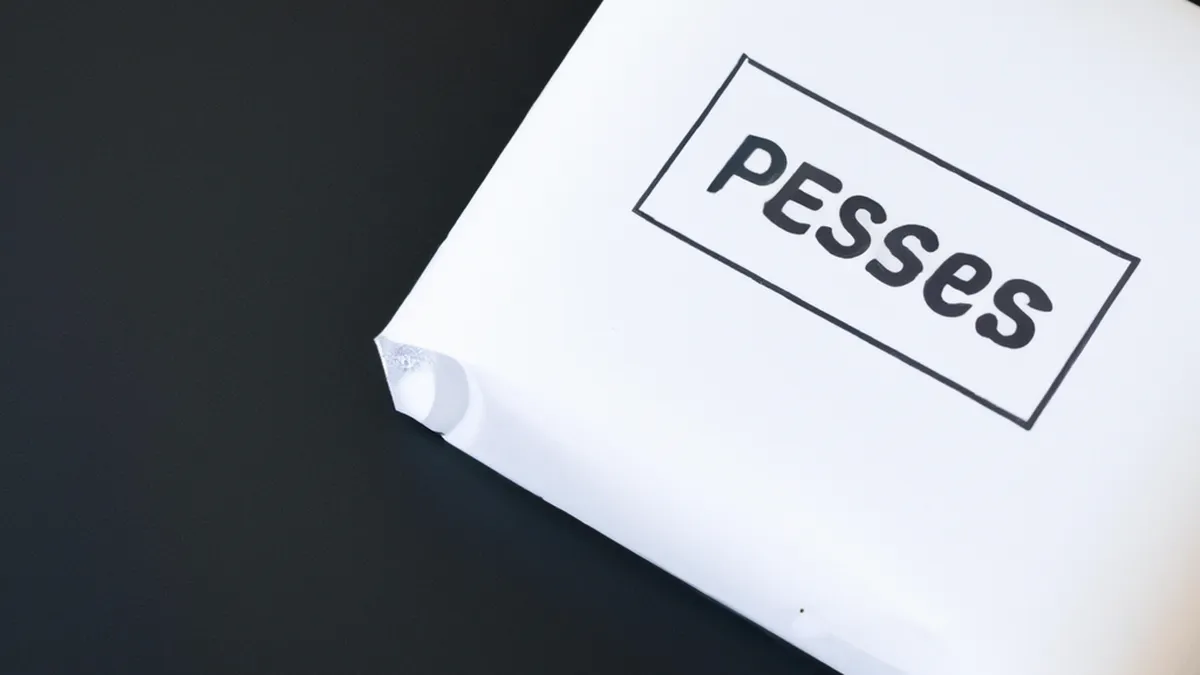Assessing Client Progress with PAR-Q Insights
How to Use PAR-Q for Tracking Client Behavioral Changes: A Comprehensive Guide
The Physical Activity Readiness Questionnaire (PAR-Q) assesses clients’ readiness for physical activity. Trainers can also use it to track behavioral changes over time. This blog post explains how trainers can use PAR-Q to monitor progress and encourage lasting behavioral change.
Understanding PAR-Q
The PAR-Q features straightforward questions that identify potential health risks. Clients answer “yes” or “no” regarding their health history and current conditions. A “yes” answer often indicates the need for medical evaluation before physical activity.
Trainers can gather essential information from PAR-Q to create personalized fitness plans. The initial assessment establishes a baseline for tracking behavioral changes and provides insights into clients’ attitudes toward health.
Tracking Progress Over Time
To effectively use the PAR-Q for tracking changes, follow these steps:
1. **Initial Assessment**: Administer the PAR-Q when starting your training relationship. Document responses carefully and discuss any concerns or interests.
2. **Regular Reassessments**: Schedule follow-up assessments every few months. These evaluations reveal shifts in health status and overall engagement.
3. **Monitor Changes**: Compare initial responses with follow-up assessments. Look for trends in health awareness and motivation. For example, improved energy levels may indicate positive behavioral changes.
4. **Integrate Behavioral Insights**: Adjust your training approach based on PAR-Q insights. Encourage clients to take on new challenges if they show increased confidence. Modify programs if clients report new health issues.
Engaging Clients in the Process
Encouraging clients to engage with their PAR-Q responses fosters behavioral change. Here are effective strategies to promote involvement:
– **Educate Clients**: Explain the importance of PAR-Q. Help clients understand how their answers impact training and health. This knowledge motivates honest, thoughtful responses.
– **Create a Feedback Loop**: Discuss results after each assessment. Highlight progress, celebrate improvements, and address areas needing attention. This open dialogue fosters accountability.
Conclusion
Utilizing the PAR-Q effectively can enhance client engagement and track behavioral changes over time. Implement these strategies to support lasting progress.
Below are related products based on this post:
FAQ
What is the purpose of the Physical Activity Readiness Questionnaire (PAR-Q)?
The PAR-Q is designed to assess clients’ readiness for physical activity by identifying potential health risks. It helps trainers gather essential information to create personalized fitness plans and serves as a baseline for tracking behavioral changes over time.
How often should trainers conduct reassessments using the PAR-Q?
Trainers should schedule follow-up assessments every few months. These regular evaluations help reveal shifts in clients’ health status and engagement, allowing trainers to monitor progress and adjust training programs accordingly.
What strategies can trainers use to engage clients with their PAR-Q responses?
Trainers can educate clients about the importance of the PAR-Q, helping them understand how their responses impact training and health. Additionally, creating a feedback loop by discussing results after each assessment encourages accountability and fosters a sense of involvement in their progress.















Post Comment